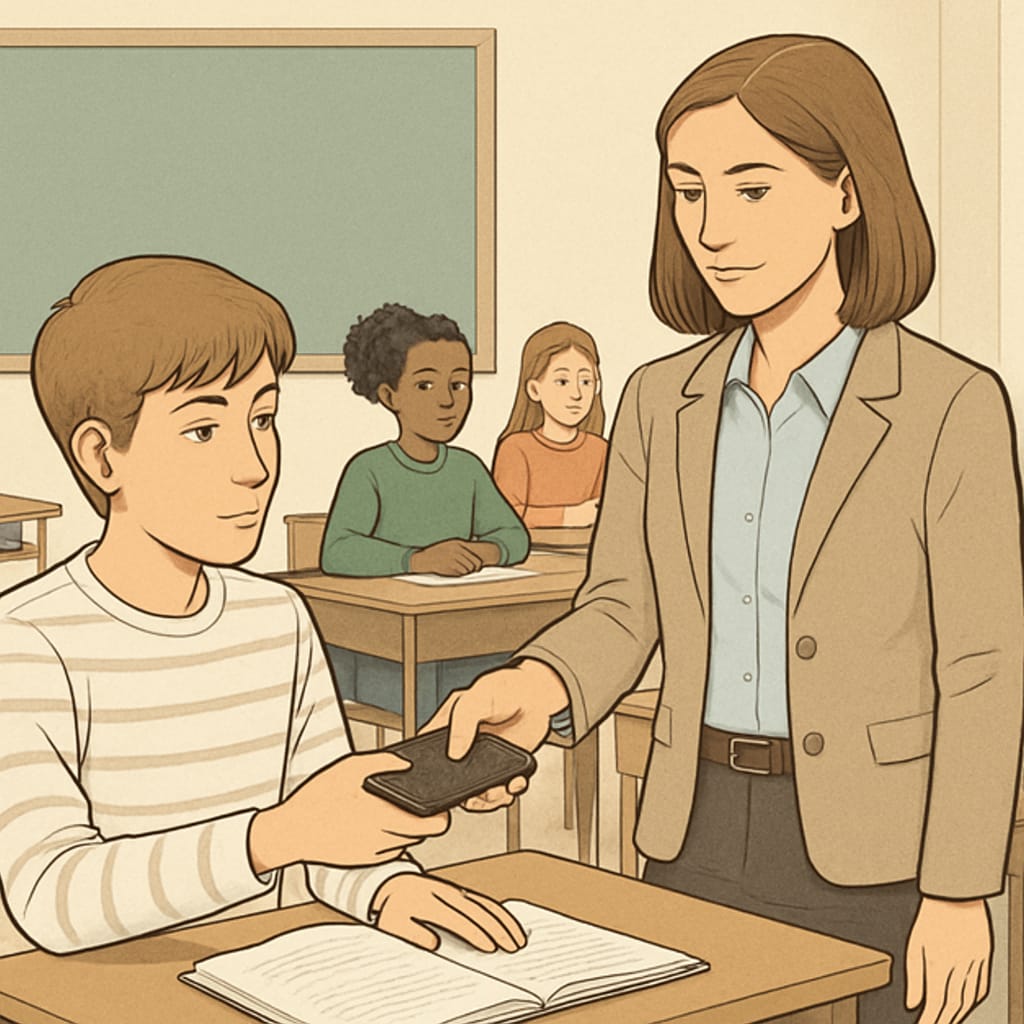The growing implementation of phone bans in public schools has sparked debates among educators, parents, and policymakers. While these policies aim to address distractions and foster a better learning environment, their effects are multifaceted, raising questions about practicality, equity, and broader societal implications. Furthermore, the contrast between public and private schools in enforcing such bans highlights significant disparities in educational approaches.

Why Are Public Schools Turning to Phone Bans?
For years, smartphones have been a double-edged sword in education. On one hand, they offer instant access to learning resources, collaboration tools, and educational apps. On the other hand, they pose significant challenges, including decreased student attention, cyberbullying concerns, and overdependence on technology. Public schools, often serving diverse communities, are increasingly adopting phone bans to mitigate these distractions and create a more focused academic setting.
Key reasons driving phone bans include:
- Improved focus: Reduced screen time encourages students to engage with lessons and peers.
- Digital detox: Promotes mental well-being by limiting exposure to social media and online pressures.
- Equity: Ensures that students without smartphones are not disadvantaged.
However, these goals are met with resistance, especially among those who view technology as an essential part of modern education.
The Challenges of Enforcing Phone Bans
Implementing phone bans in public schools is easier said than done. The enforcement of these policies often brings logistical and cultural challenges, especially in schools with limited resources. Teachers and administrators are tasked with policing students’ compliance, which may divert attention from teaching responsibilities.
Common challenges include:
- Parental concerns: Parents argue that phones are essential for communication during emergencies.
- Resistance from students: Teens may view bans as punitive, leading to covert phone usage.
- Resource disparities: Public schools may lack funding for alternatives like school-provided devices.
As a result, schools often struggle to strike a balance between enforcing bans and maintaining an open, trusting learning atmosphere.

Comparing Public and Private Schools on Phone Policies
The divide between public and private schools in implementing phone bans is stark. While public schools often face financial and logistical constraints, private schools typically have greater flexibility and resources to deploy alternative solutions. For example, some private institutions invest in technology-free zones while providing students with controlled access to educational devices like tablets.
Key differences include:
- Funding: Private schools can allocate resources for innovative tech-free initiatives.
- Parental involvement: Private school parents are often more engaged in supporting policy decisions.
- Policy enforcement: Smaller class sizes in private schools make monitoring easier.
Despite these advantages, private schools also face challenges in balancing technology integration with phone restrictions, highlighting the universality of this issue.
Long-Term Implications for Education
The debate over phone bans in public schools extends beyond classroom management. These policies reflect broader societal shifts concerning technology’s role in education and its impact on youth development. While phone bans may reduce distractions, they also limit opportunities for teaching digital literacy—a crucial skill in the modern world.
Potential long-term effects include:
- Enhanced focus: Students may develop better concentration and interpersonal skills.
- Reduced tech dependency: Encourages critical thinking beyond digital platforms.
- Missed opportunities: Limits access to educational technology and modern tools.
Ultimately, the success of phone bans depends on a balanced approach that integrates technology responsibly while minimizing its downsides.
Readability guidance: Using concise paragraphs and bullet points ensures clarity. Overuse of passive voice has been avoided, and transitions like “however,” “in addition,” and “for example” enhance flow.


